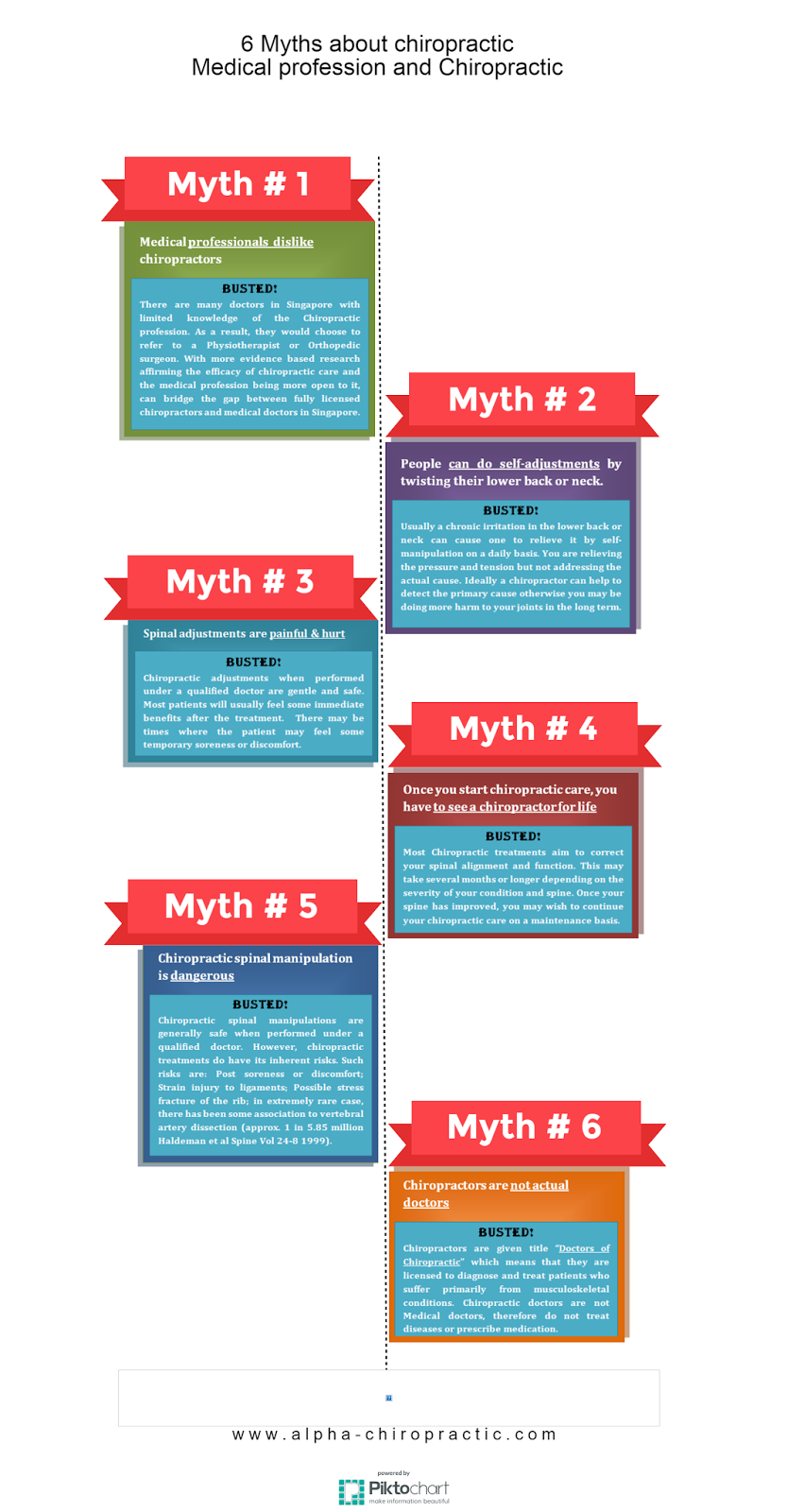The Result Of Posture On Back Pain: Guidelines For Keeping Good Alignment Throughout Your Day-To-Day Routine
The Result Of Posture On Back Pain: Guidelines For Keeping Good Alignment Throughout Your Day-To-Day Routine
Blog Article
Material By-Conway McIntyre
Keeping proper posture isn't just about staying up right; it has to do with straightening your body in a manner that supports your spinal column and reduces the threat of back pain. The method you sit, stand, and relocate throughout the day can substantially affect your spine wellness. However exactly how exactly can you make sure great positioning consistently, even throughout active days filled with numerous tasks? Let's dig deeper right into the refined yet impactful adjustments you can make to your daily routine to keep your back happy and healthy and balanced.
Importance of Appropriate Position
Correct posture is crucial in keeping a healthy and balanced back and avoiding discomfort. When you rest or stand with great posture, your back remains in placement, reducing stress on your muscle mass, ligaments, and joints. This alignment permits the body to disperse weight equally, avoiding extreme anxiety on certain areas that can cause discomfort and discomfort. By keeping your spine appropriately aligned, you can additionally improve your breathing and digestion, as slouching can press body organs and limit their functionality.
In addition, preserving good posture can improve your total appearance and self-esteem. When you stand tall with your shoulders back and head held high, you show self-confidence and appear even more friendly. Good posture can additionally make you really feel more invigorated and sharp, as it promotes appropriate blood flow and enables your muscles to work effectively.
Including deep neck adjustment into your everyday routine, whether sitting at a workdesk, walking, or exercising, is essential for preventing pain in the back and promoting overall wellness. Remember, a small modification in how you hold on your own can make a considerable difference in exactly how you really feel and work throughout the day.
Common Postural Mistakes
When it involves keeping excellent position, many individuals unknowingly make usual blunders that can contribute to back pain and pain. Among the most prevalent errors is slumping over or hunching over while resting or standing. This placement puts extreme strain on the spinal column and can lead to muscular tissue imbalances and discomfort in the future.
An additional usual mistake is overarching the reduced back, which can flatten the all-natural curve of the spinal column and trigger pain. In addition, going across legs while resting may really feel comfortable, but it can produce an imbalance in the hips and pelvis, bring about postural issues.
Utilizing a cushion that's too soft or also solid while resting can also affect your placement and contribute to pain in the back. Last but not least, frequently craning your neck to look at displays or adjusting your position regularly can strain the neck and shoulders. Bearing in mind these common postural mistakes can aid you preserve better alignment and lower the threat of back pain.
Tips for Correcting Placement
To boost your positioning and decrease pain in the back, it's important to concentrate on making small adjustments throughout your day-to-day regimen. Beginning by bearing in mind your position. When sitting, guarantee see this here are flat on the flooring, your back is straight, and your shoulders are loosened up. Stay clear of slouching or leaning to one side. Use ergonomic chairs or cushions to support your reduced back.
When standing, disperse your weight equally on both feet, maintain your knees a little bent, and embed your pelvis. Involve your core muscle mass to support your back. Take breaks to stretch and walk if you have an inactive job. Include exercises that strengthen your core and back muscles, such as planks or bridges.
While resting, use a pillow that supports the natural curve of your neck to maintain proper spinal alignment. Prevent sleeping on your tummy, as it can strain your neck and back. By being mindful of these tips and making small adjustments, you can gradually fix your alignment and ease back pain.
Conclusion
Remember, maintaining excellent pose is crucial to preventing pain in the back and promoting spinal wellness. By being mindful of your placement, distributing weight equally, and engaging your core muscles, you can decrease stress on your back and decrease the threat of pain and injury. Include ergonomic support, take regular breaks to stretch, and enhance your core and back muscles to maintain proper placement throughout the day. Your back will certainly thank you for it!
